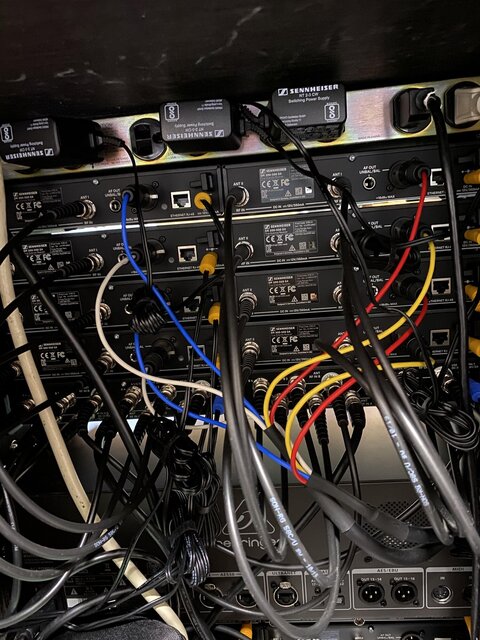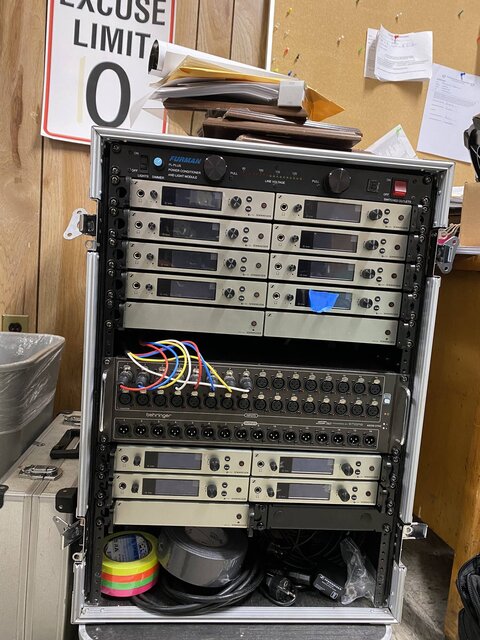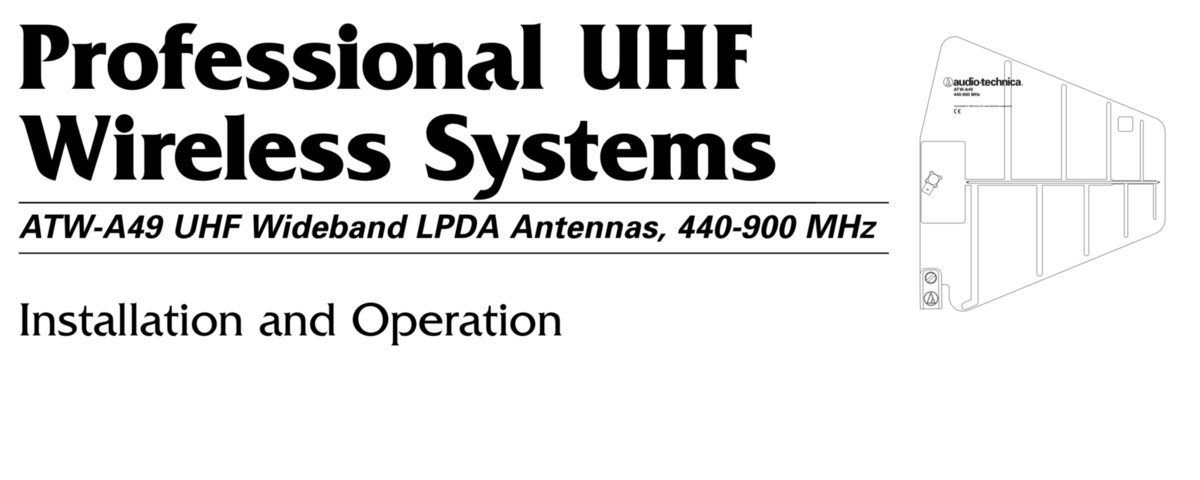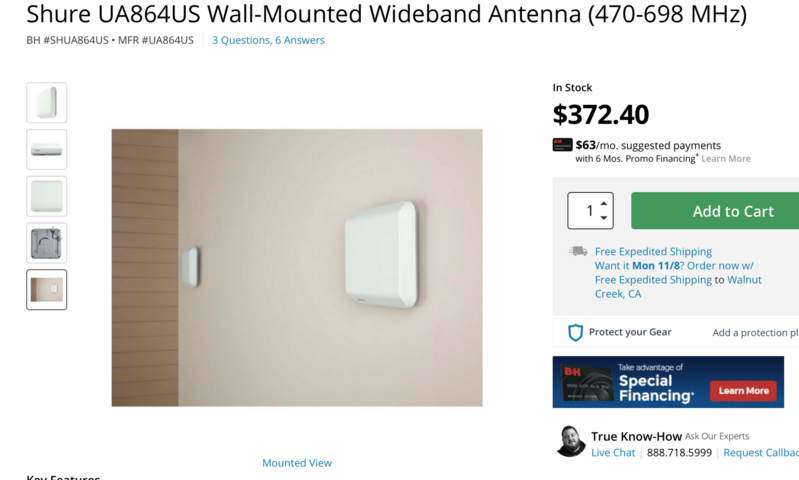DannyDepac
Member
Hey Everyone
I have put together a rack of about 16 (hoping to expand) Sennheiser G4 receivers and Antenna modules.
So I am a school music teacher that does our HS stage crew on the side and in the grand scheme of things, I am kind of a sound noob who is learning as I go. So maybe there is an obvious solution but how should I power all of that and keep it neat? Currently I have surge protectors as my power source but I feel like thats not smart and its definitely messy.
I have used furman rack mount power conditioners for my bass amps in the past so that is my inkling but is that the best method? I have a lot of plugs to handle so should I just get multiple ? Does anyone have a suggestion for a model? Maybe with room to expand ?
Any help is welcome. If you want pictures of the back of the rack, I'd be glad to supply.
Thanks in advance
I have put together a rack of about 16 (hoping to expand) Sennheiser G4 receivers and Antenna modules.
So I am a school music teacher that does our HS stage crew on the side and in the grand scheme of things, I am kind of a sound noob who is learning as I go. So maybe there is an obvious solution but how should I power all of that and keep it neat? Currently I have surge protectors as my power source but I feel like thats not smart and its definitely messy.
I have used furman rack mount power conditioners for my bass amps in the past so that is my inkling but is that the best method? I have a lot of plugs to handle so should I just get multiple ? Does anyone have a suggestion for a model? Maybe with room to expand ?
Any help is welcome. If you want pictures of the back of the rack, I'd be glad to supply.
Thanks in advance






